Hwangudan
The site where the Emperor of Korea performed the long-forbidden "rite of heaven" to demonstrate his absolute sovereignty.
The “rite of heaven” was once an important ceremony in China, performed only by the Son of Heaven—an over-the-top title for its all-ruling monarch: the Emperor. Every winter solstice, an elaborate sacrificial ritual was held at the Temple of Heaven, with the sovereign conducting the annual prayers to demonstrate his absolute power to the Supreme God.
The tradition was adopted by several other empires in East Asia, including Vietnam, Japan, and Korea. In the Korean Peninsula, the ritual was first performed during the Three Kingdoms period, sometime before the 7th century.
In 1464, however, the Ming Empire of China forbid the then-ruling Joseon dynasty to continue its rite of heaven ceremonies, as Korea was its tributary state at the time and there could be only one Son of Heaven.
The ritual was finally brought back in 1897, right after the Qing dynasty’s defeat in the First Sino-Japanese War, resulting in the total independence of Korea. As the Korean Empire, the former Joseon kingdom was free to perform its rites of heaven, and Emperor Gojong wasted no time. That very year, he had a special altar built for the ceremony, a palatial temple complex called Hwangudan.
Unfortunately, the Korean Empire was doomed to be a short-lived state. In 1910, it was abolished and annexed by Japan—the beginning of an imperialist invasion. The main altar of the Hwangudan complex was completely destroyed by the Japanese, who went on to build a luxury hotel, the Chosun, on the site. It was also demolished after the war, replaced by the Westin in 1968.
Today, only the stone balustrade remains of the original Hwangudan Altar, but the main entrance to the temple complex still stands in front of the Westin. There is also the Hwanggungu shrine, a three-storied octagonal structure built in 1899 and dedicated to Taejo, the founder of the Joseon dynasty. Around it, you can find an old gate and three surviving stone drums created in 1902 to commemorate the 40th anniversary of Gojong’s enthronement.
Plan Your Trip
The Atlas Obscura Podcast is Back!



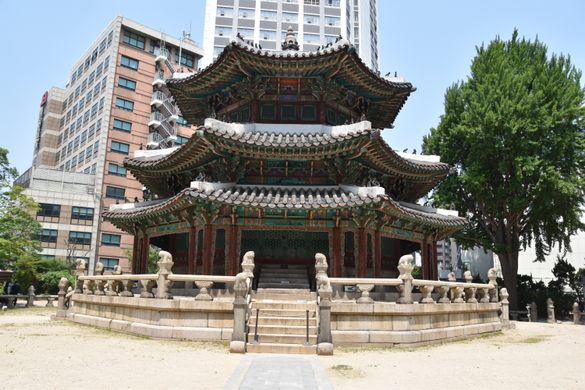
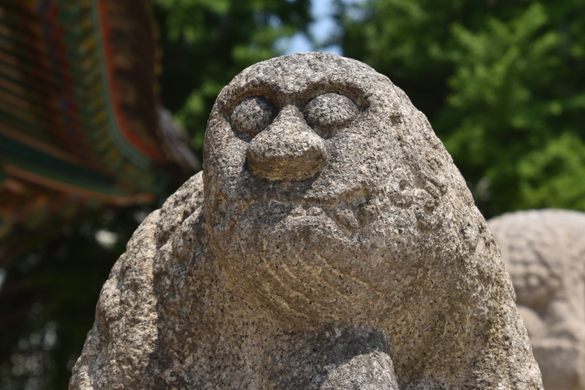
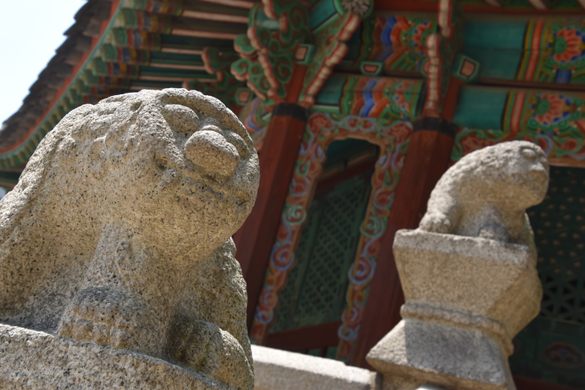
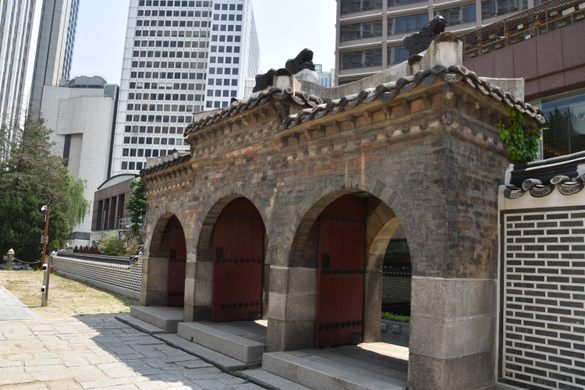
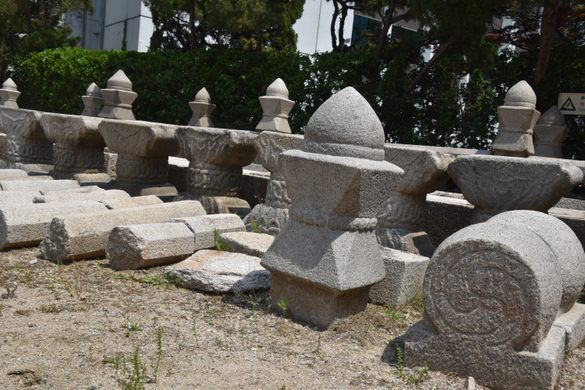
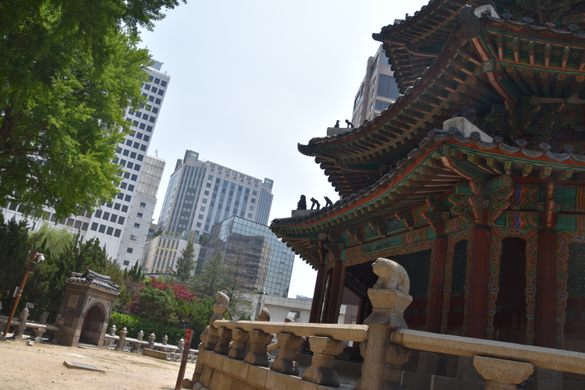



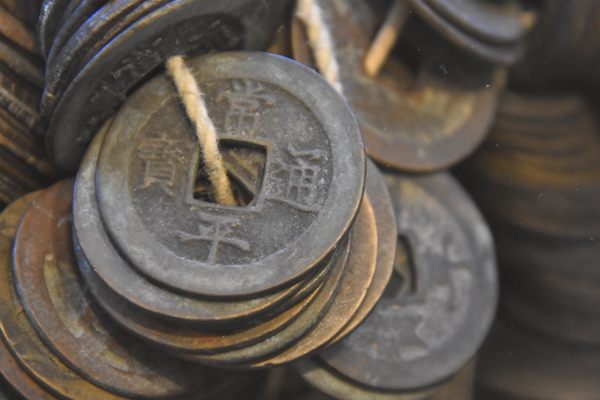








Follow us on Twitter to get the latest on the world's hidden wonders.
Like us on Facebook to get the latest on the world's hidden wonders.
Follow us on Twitter Like us on Facebook